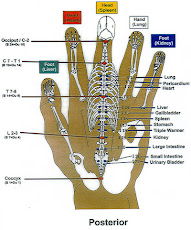At dawn on 9 April, and against the orders of Generals Douglas MacArthur and Jonathan Wainwright, Major General Edward P. King, Jr., commanding Luzon Force, Bataan, Philippine Islands, surrendered more than 75,000 (67,000 Filipinos, 1,000 Chinese Filipinos, and 11,796 Americans) starving and disease-ridden men. He inquired of Colonel Motoo Nakayama, the Japanese colonel to whom he tendered his pistol in lieu of his lost sword, whether the Americans and Filipinos would be well treated. The Japanese aide-de-camp replied: “We are not barbarians.” The majority of the prisoners of war were immediately robbed of their keepsakes and belongings and subsequently forced to endure a 61-mile (98 km) march in deep dust, over vehicle-broken macadam roads, and crammed into rail cars to captivity at Camp O’Donnell. Thousands died en route from disease, starvation, dehydration, heat prostration, untreated wounds, and wanton execution.

Those few who were lucky enough to travel to San Fernando on trucks still had to endure more than 25 miles of marching. Prisoners were beaten randomly, and were often denied food and water. Those who fell behind were usually executed or left to die. Witnesses say those who broke rank for a drink of water were executed, some even decapitated. Subsequently, the sides of the roads became littered with dead bodies and those begging for help.
On the Bataan Death March, approximately 54,000 of the 75,000 prisoners reached their destination. The death toll of the march is difficult to assess as thousands of captives were able to escape from their guards. All told, approximately 5,000–10,000 Filipino and 600–650 American prisoners of war died before they could reach Camp O'Donnell.
Full Movie (1:34:54)
Previous post
.




































